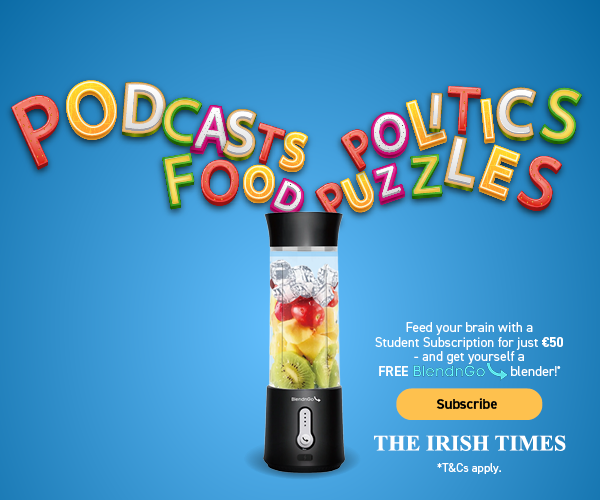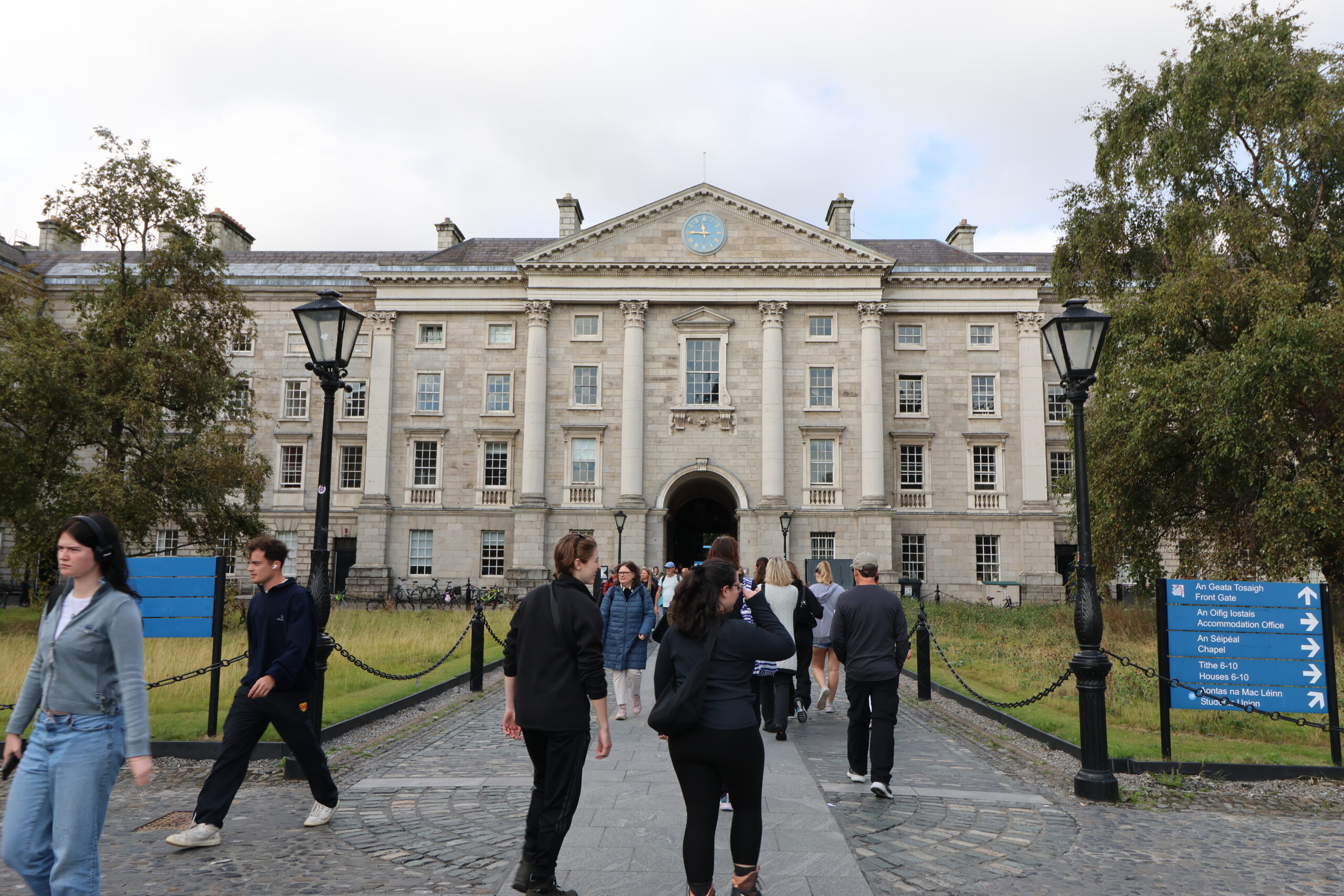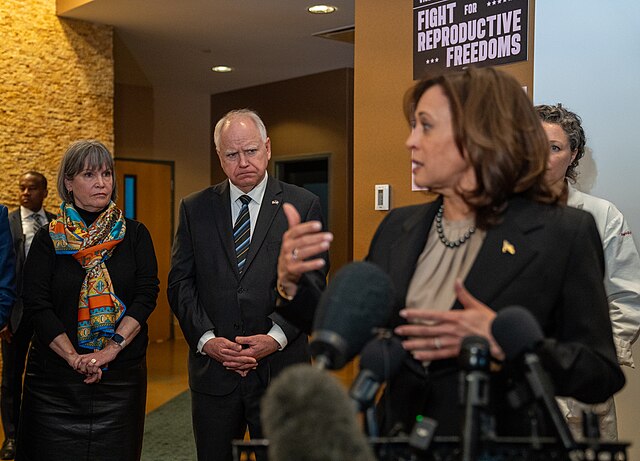When my parents came to visit me in New York last week, they brought me essentials from across the Atlantic: two packs of Mini Eggs and the latest edition of British Vogue. I won’t claim, à la Carrie Bradshaw, that the latter “fed me more”, but the heady anticipation on turning the first, thick pages of a magazine has not lessened since I was six and running home from the corner shop, that month’s Moshi Monsters Magazine in my clammy grasp. Of course, no one had yet alerted me to the fact that, apparently, print is dead.
Between 2010 and 2022, sales of print titles in the UK fell by 70 per cent. You don’t need me to regale you with the list of publications that can no longer be found on newsstands, or the newsstands themselves that are now vape shops. But amidst lay-offs and pay-cuts and the AI apocalypse, a prolonged diet of digital media has not sated the appetite for print publications. Like the stomach of someone on their first day off Ozempic, rumblings of hope are unmistakable. The food magazine Saveur returned to print this March – and sold out – after a three year hiatus. Nylon is also reviving its print edition this month to mark its 25th anniversary. Private Eye, which is print-only, increased its circulation in 2022 to its highest since 2017. Closer to campus, The Library Project in Temple Bar can be found selling the current issues of 44 independent Irish print magazines and journals. If print is dead, then it seems a lot of us believe in ghosts.
But it is precisely print’s unghost-like quality – as opposed to the spectral nature of the online – that many are crediting with its refusal to die. Danielle Mustarde, the Operations Manager at MagCulture (a website, storefront and events company celebrating all things print), compares it to “how vinyl has had a renaissance in the wake of streaming platforms removing that more intimate relationship with music”. In 2023, sales of vinyl records in the UK reached their highest level since 1990, and one look at the display of overpriced LPs in Urban Outfitters will tell you that this isn’t just a nostalgia kick for older customers. At the magCulture shop in Clerkenwell, London, Mustarde says the majority of visitors are “young creatives – those studying fashion, journalism, design, literature, art”. She thinks this is partly because “those in their late teens and early 20s have a real affinity for printed matter […] It’s something that I feel bridges generations – so many people of all ages seem to have a soft spot for the physical stuff, magazines, vinyl, books.”
These tangible items conjure stability, giving not just literal substance but a substantive air to the art or ideas they contain. Trinity graduates Cassia Gaden Gilmartin and Elizabeth Murtough founded Channel, a literary magazine focused on climate change, in 2019 on the day of the first climate strike of that year. Gilmartin notes that there is “a prestige factor attached to print publishing as compared to digital.” When starting Channel, this was something the pair “wanted to co-opt on behalf of the writing we publish. We wanted the things our writers have to say about ecological degradation to be taken seriously, and we wanted audiences to see that this kind of writing matters.” Some feel that the printed word holds more gravitas than its internet equivalent. When an article is published online it can be edited or more speedily retracted. Even though it is easier to throw away a magazine now than to scrub the internet of something you’d rather wasn’t on there, putting an idea on paper connotes a confidence that its validity will remain unchanged – at least until the next edition is circulated.
This ability of print publications to control what words were given more weight is, of course, why the digital was heralded as equal opportunity – anyone could start a blog or write a tweet. And it is also credited with why online writing (especially news) gained popularity over print in the first place. That ability to publish something as the event was happening. The printed page seemed to resist change in its very physicality. But I’ve felt lately that it is the physical which now offers much greater room for the unanticipated. On Spotify, I have found it increasingly difficult to simply stumble across new music. The app’s curation of unique playlists is based on their users’ individual listening history. It is unlikely what I am listening to will evolve if I am greeted by playlists containing the songs I was listening to this time last week. Algorithms tend to regurgitate rather than reincarnate. They are confident that they can show us art, content, or even people that we will like precisely because they are built on what they infer we have liked in the past. Alternatively, print publications are founded on reinvention – one cohesive publication must redesign itself into something new and forward looking with each edition.
This is because print publications aren’t produced with you specifically in mind. Instead, thought is given to what is interesting, attention-grabbing or enjoyable for that all elusive figure: the reader. Rather than the order or content of stories being tailored to you individually – as some social media do – they cater to you as part of a community. Print publications are not just for you, but also ask something of you (that you turn the page) in order to enjoy them, as opposed to our phones which often load the next video without us even having to click. Legendary editor of Vanity Fair and The New Yorker Tina Brown said it best in her book, The Vanity Fair Diaries: “A magazine – a relevant one – should be a sound, not an echo.”
This is a maxim Patrick Mitchell, the founder and creator of Magazeum, as well as the host of the Print is Dead (Long Live Print) podcast, reiterates. He notes that magazines don’t just incorporate culture into their pages, they often create it. “In the period beginning, say, in the early eighties and on into the early 2000s, the most talented creatives in the world were making magazines. Magazines themselves were the most artful, creative objects we had in those years.” Mitchell and his team often call magazines “The Original Influencers”. Tina Brown is just one in a list of the biggest names in editing, fashion and journalism who have graced Mitchell’s podcast. And his noting of magazines as themselves “artful, creative objects” strikes me. There is as much skill in designing a magazine as there is in writing one.
I think there is a tendency to forget this: we talk about the importance of keeping the arts alive for the public good but deem the demise of print inevitable.I don’t say this just to validate the InDesign-induced headaches I get every weekend before this very magazine goes to print. Gilmartin notes that the look and feel of Channel deliberately mirrors its message: “Channel is printed in A5, which isn’t a standard book size […] and the covers are unlaminated, both to minimise our use of plastic and to keep a little roughness around the edges. Our issues are designed to feel a bit familiar and approachable, but a bit out of place amidst the output of corporate publishers.”
Feeling “a bit out of place” has been the impetus for many an independent publication. Zines – mainly distinguished from magazines by their not-for-profit status – have long been connected with radical movements, innovative art and people on the fringes trying to have their voice heard. It makes sense that creative people would once again reach for this medium; any news article about Gen Z links them (us) with a different ‘crisis’. It’s not just creating but also consuming these publications which can serve as a balm against a stressful time. Kat Craddock, the editor of Saveur, told Mitchell in a recent episode that “Kids are telling me that staring at a screen all the time is work. That it’s exhausting. They want a print magazine.” He has found this to be a “somewhat universal message running through our interviews. […] With printed magazines, the user is in complete control – there are no pop-ups, beeps, clickable distractions… no stress! It’s such a calm experience.” Perhaps this is why Stevie Nicks’ post-show routine involves eating sliced apples and reading her favourite magazines until 3am. In a show of enthusiasm for this new wave of print, Mitchell and the team at Magazeum have “recently launched a second show, The Full-Bleed Podcast, which is subtitled ‘a podcast about the future of magazines—and the magazines of the future.’” Rather than hearing about the glory days of print, it features “the next generation, who’re starting indie magazines of all kinds and using a variety of strategies to succeed.”
The question of what it means for a magazine to “succeed”, though, is the key. Success in terms of delighting or stimulating readers does not always mean being able to stay financially afloat. Mitchell suggests a reorienting of the typical model: “The big publishers should take their clues from the next gen magazines. (Hint: start by charging what they’re worth! $25 is not too much to charge for a beautifully-produced magazine!)”. In contrast, most magazines’ money-making models have, since the late nineteenth century, relied on selling print copies cheaply, sometimes for less than the cost of production. This created wide readerships, and the publishers profited from the adverts inside the pages they were selling. The idea of asking consumers to spend more on a magazine – more than they might spend on a book, for example, or several months of Netflix – during a cost of living crisis seems counter-intuitive. Yet I can see where Mitchell is coming from. Advertisers no longer want to promote their wares in magazines. One character in Sloane Crosley’s novel, Cult Classic, describes advertising in print as “tossing wet pasta down a well.” Online newspapers with paywalls are pretty much the only ones with any stability at the moment. And people are willing to pay for art: despite rising prices, a 2022 survey found that the vast majority of UK book-buyers still view books as good or excellent value for money due to the hours or weeks of enjoyment they provide. Perhaps paying what print publications are worth shouldn’t feel like a radical idea.
After all, magazines aren’t just sometimes expensive to buy. They’re expensive to make. Mustarde notes that, “the price of paper has gone up significantly in recent years and shipping out of the UK is much less simple since… [sigh] bloody Brexit.” The cost of paper has led to one factory having an effective monopoly on printing in the UK. However, the team at MagCulture have seen people getting print issues out with the help of fundraising platforms like Kickstarter: “We’ve stocked plenty of magazines who’ve found their way to our shelves through crowdfunding.” Gilmartin notes that publishing Channel as a print publication would not be possible without a combination of their personal financial privilege and the grants that the magazine has been given. The publication has also received Arts Council funding since 2021, which Gilmartin expresses gratitude for. However, she says, “There are considerable costs involved in print publishing – including the cost of printing itself, as well as the provision of contributor fees reflective of the time and skill that writers invest in their work – and until funding is available that can cover those costs as well as allowing us to pay ourselves for our own time, I think small publishers will always have to strike a difficult balance.” For many, like Gilmartin, this balance involves working on a print publication alongside other money-making endeavours. “Running Channel isn’t a full-time job, much as it might sometimes feel like one – it can’t be, because it doesn’t earn me a full-time income. For most of us involved in journal publishing, our work as publishers is by necessity one part of a multifaceted career.”
Evidently, many people in print are exhausted. But there is a reason that young people such as Gilmartin continue to enter and alter this industry. In researching this piece I was repeatedly confronted with reasons to be positive. Hearing from Mustarde, Mitchell and Gilmartin gave me a feeling of inspired excitement about the future of print media. A sense of possibility. I felt an anticipation not, in fact, unlike the eager expectation of arriving home, settling onto the sofa and opening up a magazine.








